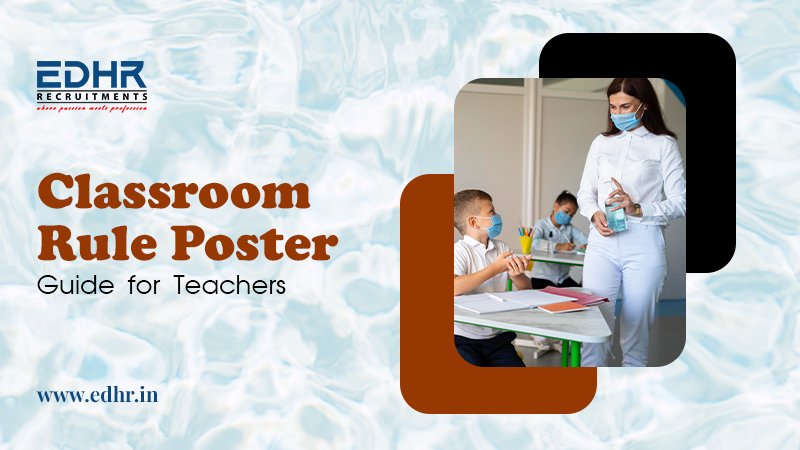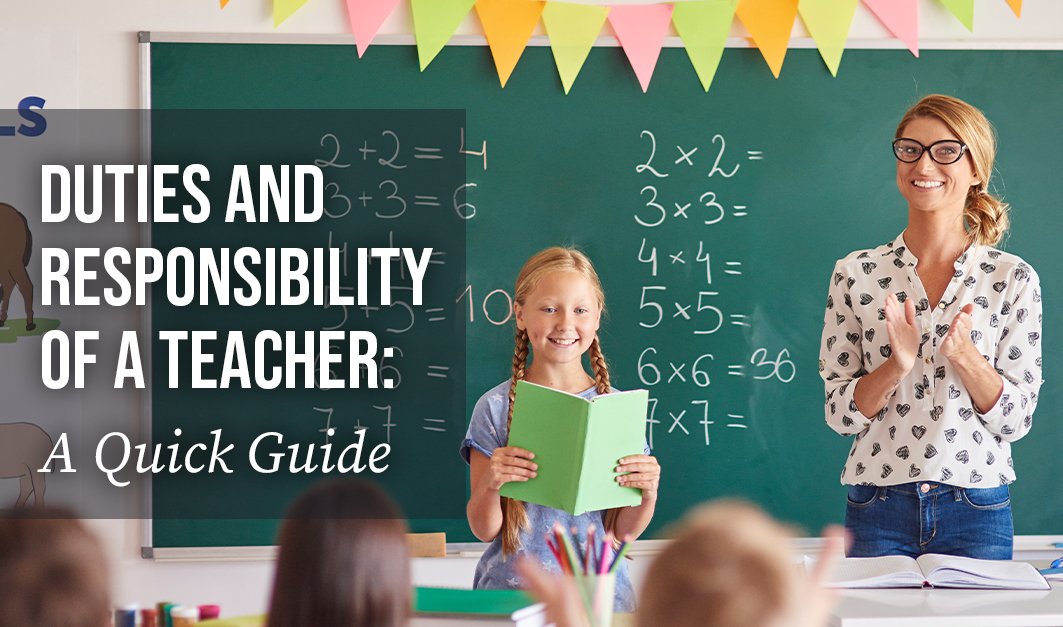Blog Details
Dress Code for a Teacher: Guidelines for Indian Educators
-
By EDHR
-
06-Jun-2024
As a teacher, the attire
you wear plays a significant role in setting the tone of the classroom,
creating an atmosphere that screams your professionalism, and establishing your
authority. In a country like India, where there are diverse cultures,
religions, and communities with rich traditions, the dress code for a teacher in Kerala may not be the same for a teacher in Ladakh.
Several factors influence the dress
code for a teacher. If you are a fresher
in the teaching field in India, hope this article helps you to navigate the
complexities of dressing professionally as you start your new role.
A country like India is culturally diverse at the same time sensitive too. Hence across the country, the dress code for a teacher is usually according to the local culture where the school is located so that the teachers are respected by the localities. All the schools have the same principle that the dress code for a teacher should be modest. Here are some guidelines to consider that would give you insights into the dress code for a teacher.
Dress according to the context
It is important to be aware of whom you are teaching. Is it a State Board school, CBSE, ICSE, private school, or Boarding school? Hence dress code for a teacher is according to the educational institution as each type of school will have different expectations. For example, the female teachers teaching for the state board schools in Karnataka usually are expected to wear sarees, while teachers teaching for International schools are expected to wear Western formal wear so they appear professional and match the ethos of the school.
Professionalism and Modesty
Regardless of any board or any form of educational establishment, Professionalism and modesty are the basic principles of any institution. Hence the teachers are always expected to wear neat and clean clothes that are deemed appropriate to the classroom setting. In India, ethnic wear like Sarees, Salwar Kameez, Kurtha pajamas, and Bandhgalas are considered to be formal wear that is worn by Indian teachers. Formal Pants and Shirts are also worn by the majority of the male teachers.
It is advisable not to wear casual wear like jeans and t-shirts, clothes with sheer, see-through fabrics, low-cut necklines, and backless and sleeveless upper garments. Flip flops and pointed high heels are also considered inappropriate in many educational institutions as they do not give the serious look required in this profession. Avoid flashy, revealing outfits.
Comfort and Practicality
Teachers have a demanding job where they might be required to stand for long periods. Wearing heels might be painful, hence sandals are the best choice for teachers. Sometimes Teachers are expected to be outdoors with students when the institution is conducting outdoor activities for the students. Hence teachers are required to wear practical clothes, not tight ones that stick to your body like a glove, and Hemlines that are longer than knee length. Wear clothes made from breathable fabrics that suit all the seasons of Indian weather. Do not wear shimmery, sequenced clothes, or synthetic fabrics which can be ticklish or can cause irritation in your skin. Accessorize your outfit in a simple way that makes your overall appearance look professional.
In the North Indian states where the temperature is too cold during the winter season, teachers will be required to wear multiple layers of clothes. Teachers have to remember to layer their clothes keeping in mind to look professional with a plain or neutral scarf, embroidered or plain jackets usually knitted from woolen fabric. Female Teachers from the states of Jammu, Kashmir, Himachal Pradesh, and Uttarakhand, wear warm Pashmina shawls traditionally; while male teachers from Sikkim and Arunachal Pradesh wear Kho or Bakhu pairing them with leather boots. Angarkha is the traditional winter clothing in Rajasthan.
Institutional Policies
Some educational institutions will have policies written in a handbook about rules and regulations, dress code for a teacher, etc. In such situations, the teachers must go through with the rules and guidelines carefully and dress accordingly. Some of the Institutions will clearly mention what to wear and what not to wear to the school. Others will have uniforms either a saree or salwar kameez and only on special occasions they allow the teachers to wear casuals that are modest. Being an employee of the institution it is essential to follow the guidelines.
An individual’s dressing
sense is a mirror of your professionalism. It indicates how loyal you are to
the institution and how well you abide by the rules and the guidelines. By
following the above guidelines you can make yourself appear professional and give
the best impression to the people around you. Dressing perfectly by following
the dress code for a teacher is extremely important for shaping perceptions and
fostering respect from classmates.
Also Read



















